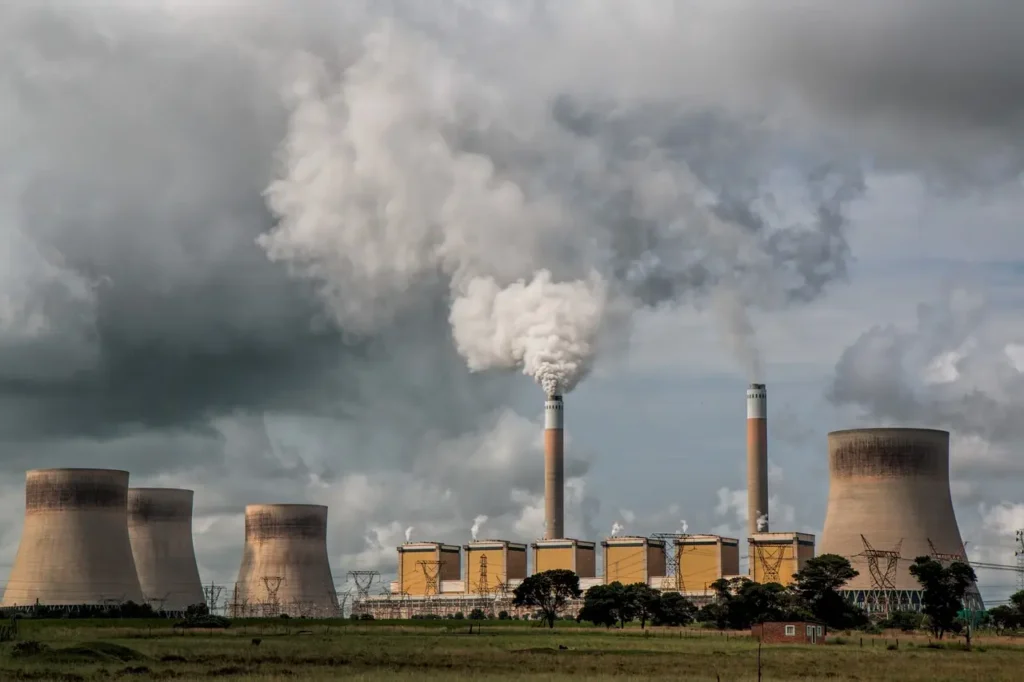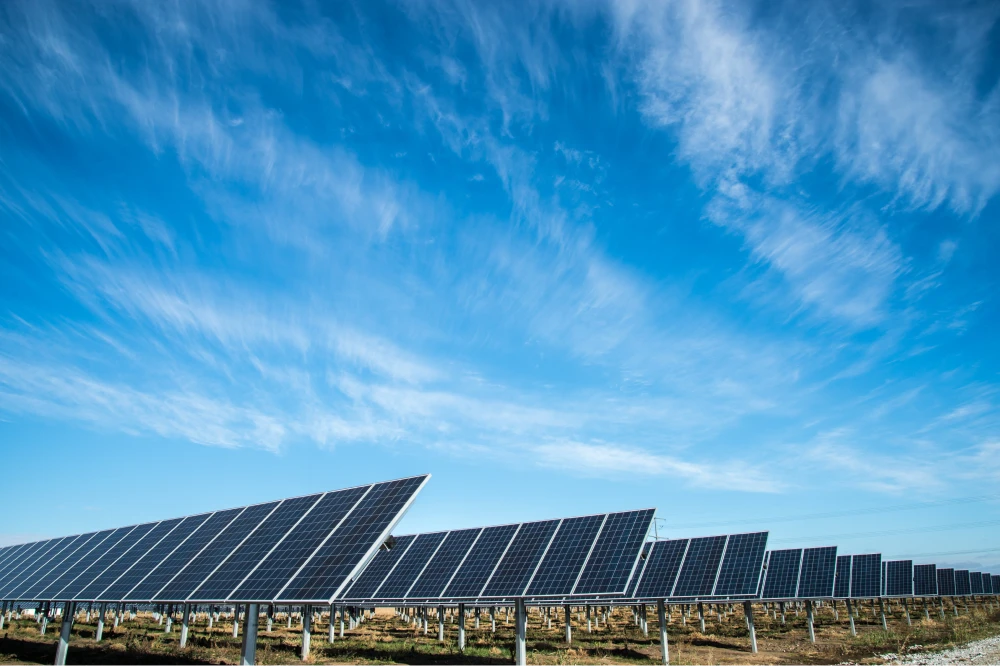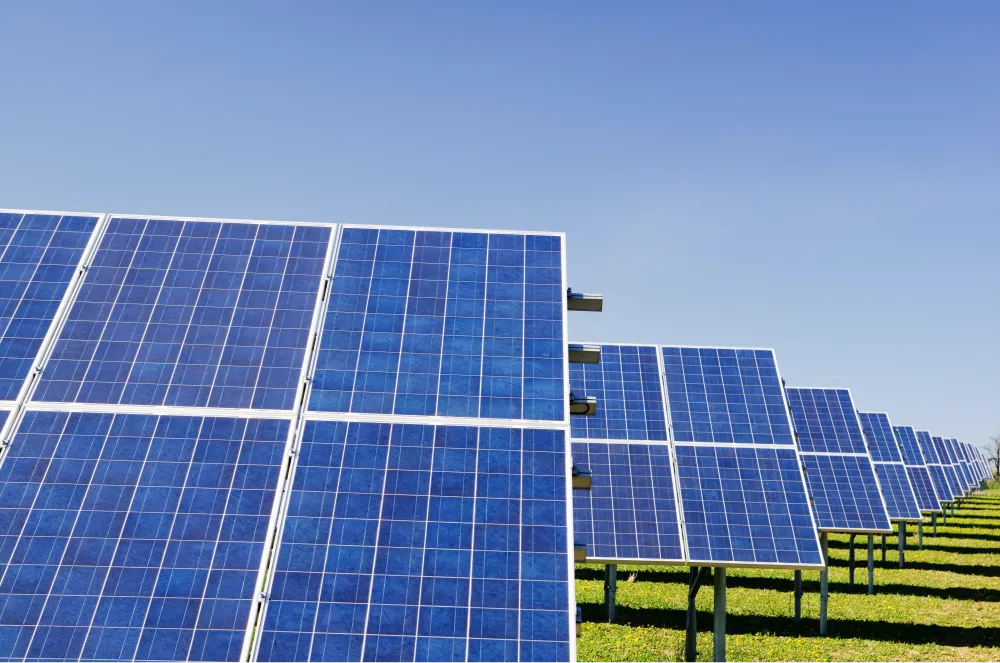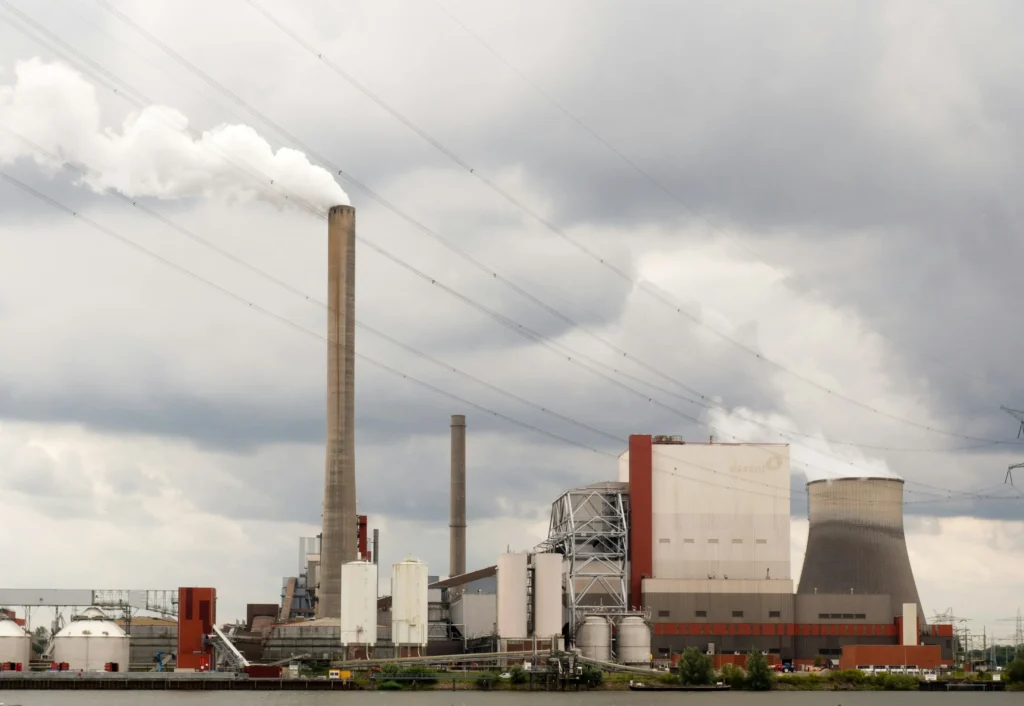
Pros and Cons of Solar Energy
4 minute read • Last update September 2024

In this article
What are the pros and cons of solar power?
| Pros of solar energy | Cons of solar energy |
|---|---|
| Sun is a renewable and abundant source of energy | Intermittence, variability, and weather dependence |
| No pollution or greenhouse gases during operation | High initial costs |
| Low operating costs | Energy storage challenges |
| Job creation | Solar farms require a lot of land |
| Reduced impact to local environments compared to fossil fuel plants | Resource-intensive manufacturing |
| Can be installed quickly | Aesthetics |
| Can be installed on otherwise unusable land | Geographic limitations on installation |
| Scalability | Limited energy conversion efficiency |
| Consistent technological advancements | Difficult to dispose of old panels |
| Energy independence | Grid integration challenges |
| Limited lifetime of solar panels |
Advantages of solar power
1. Renewable and abundant source of energy
As long as the sun exists (barring a very unexpected supernova explosion or the untimely arrival of an alien species from another galaxy with technology to absorb our sun’s gases), solar energy is a 100% renewable and inexhaustible resource to fuel the generation of electricity. Luckily, the sun is not yet old enough to go through a supernova and the arrival of alien species seems rather unlikely.
2. Environmentally friendly
The use of solar power to generate electricity produces minimal environmental pollution compared to fossil fuels. This helps reduce the production of greenhouse gases and combat climate change.
3. Low operating costs
After solar panels are installed, the cost to operate and maintain them is very low. There are fewer expenses related to their operation and maintenance compared to fossil fuel generation plants.
4. The solar industry creates many jobs
There are over 250,000 workers employed in the solar power industry in the United States. As the market for solar continues to grow, so will job creation.
5. Reduced impact to the local environment
In comparison to traditional power plants, solar farm installations have a lower impact to their surroundings. The land can serve multiple purposes – some solar farms are also used for agriculture.
6. Relatively quick installation
Compared to other types of power plants, such as nuclear or fossil fuel plants, solar farms can be implemented rather quickly. The construction is not as involved and there are fewer regulations and hoops to jump through.
7. Can be installed on otherwise unusable land
Solar farms can be installed on land that would otherwise go unused, such as in the desert or on top of landfills.
8. Scalability
Solar panels can be built and installed in a wide variety of sizes and implementations, from small-scale roof-top installations to massive utility-scale farms.
9. Consistent technological advancements
The science behind solar panels is ever-improving. As energy efficiency improves, solar panels and farms become more and more cost-effective.
10. Energy independence
For homeowners, solar panels increase energy independence from the grid, even when there are power outages. On a larger scale, solar farms increase independence for state and federal governments from fossil fuel imports.

Disadvantages of solar energy
1. Intermittency, variability, and weather dependence
Solar power generation is dependent on sunlight, which is intermittent and variable. Cloudy days, nighttime, and seasonal changes can affect energy production, requiring backup or storage solutions. Extreme weather conditions, such as hailstorms, can damage solar panels, affecting their performance and lifespan.
During a snowstorm, extra maintenance may be required to keep the panels clean. If they are covered in snow, they cannot generate power.
2. High initial costs
The upfront costs of purchasing and installing solar panels and associated equipment can be relatively high. While prices have been decreasing, the initial investment can remain a significant barrier.
3. Energy storage challenges
To address the intermittent nature of solar power, energy storage solutions like batteries are often needed. Current energy storage technologies have limitations in terms of capacity, efficiency, and cost.
4. Land use concerns
Large-scale solar installations may require significant land area, potentially leading to concerns about land use, habitat disruption, and conflicts with agricultural activities. Although as mentioned above, some solar farms have found a solution to this issue by using the land for agriculture at the same time.
5. Resource-intensive manufacturing
The production of solar panels involves the use of rare materials and can be energy-intensive, raising environmental concerns. Improvements in manufacturing processes are needed to mitigate these impacts.
6. Aesthetic impact
Some people find solar panels unattractive, especially on residential properties. This can lead to aesthetic concerns and, in some cases, regulatory challenges.
7. Geographic limitations on installation
Solar energy production is more effective in regions with high sunlight exposure, limiting its effectiveness as a power generation solution in some geographic locations where sunlight is scarce or inconsistent.
8. Limited energy conversion efficiency
Solar panels have a conversion efficiency that varies, and it may not be as high as some other forms of energy generation. Advances in technology are needed to improve efficiency.
9. Difficult to dispose of
While efforts are made to minimize environmental impact, proper disposal and recycling practices are crucial. The manufacturing and disposal of solar panels can involve the use of toxic materials.
10. Grid integration challenges
Integrating solar power into existing electricity grids can pose challenges due to its intermittent nature. Upgrading and modifying grids to handle distributed generation can be costly.
11. Limited lifetime of solar panels
While solar panels have a relatively long lifespan, they do degrade over time, and their efficiency decreases. Proper disposal and recycling practices are essential to manage end-of-life environmental impacts.
At the same time, solar panel technology is improving rapidly. That means by the time you complete an installation, there’s already a newer more efficient model out there.
Written by Graham Lumley
Graham Lumley, Digital Marketing Manager at BKV Energy, leads digital and traditional marketing strategies, focusing on educating Texans about the state's deregulated energy market. With over 8 years of marketing experience, he creates content to help consumers understand and save on their energy bills, bringing a fresh and dynamic approach to the industry.
Related articles

Is Coal Renewable?
3 minute readCoal is a natural energy source that has played a crucial role in powering human development for centuries. It forms deep within the Earth over millions of years through an intricate process involving the decomposition of plant material under heat and pressure. Despite its natural formation, the process is too…
Get $50 off your electric bill!
Use code BKVEJOINUS50
Enter your zip code to shop BKV Energy's affordable, fixed-rate Texas electricity plans. Use the promo code for $50 off your electric bill.
